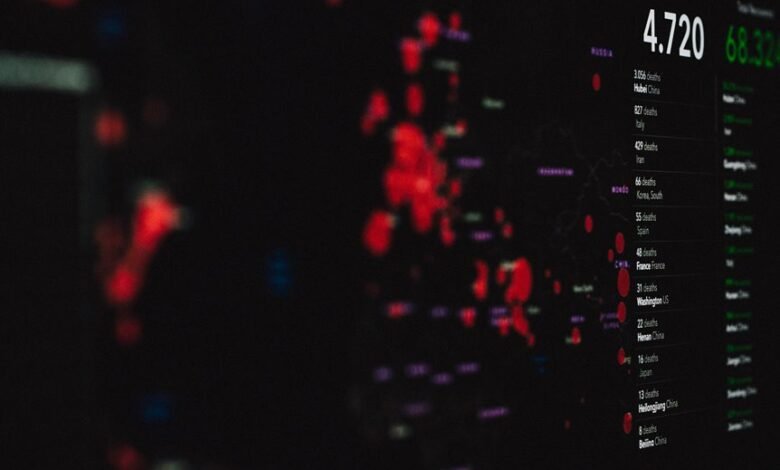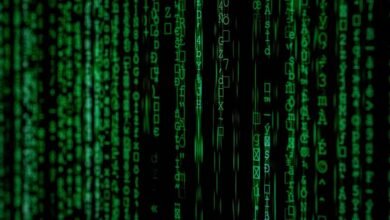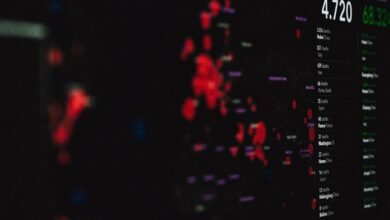Uncover the Facts About 18009266944, 18554262764, 18665375162, 220018021, 223150900, 280016506

The various phone numbers associated with customer service and spam identification reflect a complex landscape of telecommunications. For instance, 18009266944 serves as a vital connection for service inquiries, while 18554262764 plays a critical role in filtering unwanted calls. Meanwhile, numbers like 220018021, 223150900, and 280016506 have emerged as significant players in unsolicited communications. What implications do these numbers hold for consumer protection and awareness? The answers may not be as straightforward as they seem.
Understanding 18009266944: Customer Service Insights
Frequently, customers seek guidance regarding the number 18009266944, which serves as a pivotal contact point for various service inquiries.
Analyzing customer feedback reveals a desire for improved service reliability, indicating that users value prompt and effective responses.
This insight prompts further examination of the operational efficiencies behind this contact number, ultimately contributing to a better understanding of customer service dynamics and expectations.
The Significance of 18554262764: Identifying Spam Calls
Identifying the number 18554262764 has become increasingly important in the realm of telecommunications, particularly for consumers concerned about spam calls.
Effective spam call identification relies heavily on phone number verification processes. As individuals seek to protect their privacy and resources, understanding the implications of such numbers enhances their ability to discern legitimate communications from unwanted solicitations, fostering a more secure environment.
Exploring 220018021, 223150900, and 280016506: What You Need to Know
Three numbers, 220018021, 223150900, and 280016506, have emerged as focal points in discussions surrounding spam calls and telecommunication security.
Investigating their call origins reveals a pattern linked to specific service providers notorious for facilitating unsolicited communications.
Understanding these connections empowers consumers to safeguard their privacy, as awareness of these numbers can mitigate the risks associated with unwanted intrusions in their personal space.
Conclusion
In conclusion, understanding the distinct roles of numbers like 18009266944 and 18554262764 is crucial in navigating today’s telecommunication landscape. With spam calls on the rise, it is noteworthy that nearly 50% of all mobile calls are projected to be spam by 2024. This statistic underscores the importance of vigilance and awareness regarding unsolicited communications, prompting consumers to seek reliable customer service while actively protecting their privacy from incessant spam callers.




